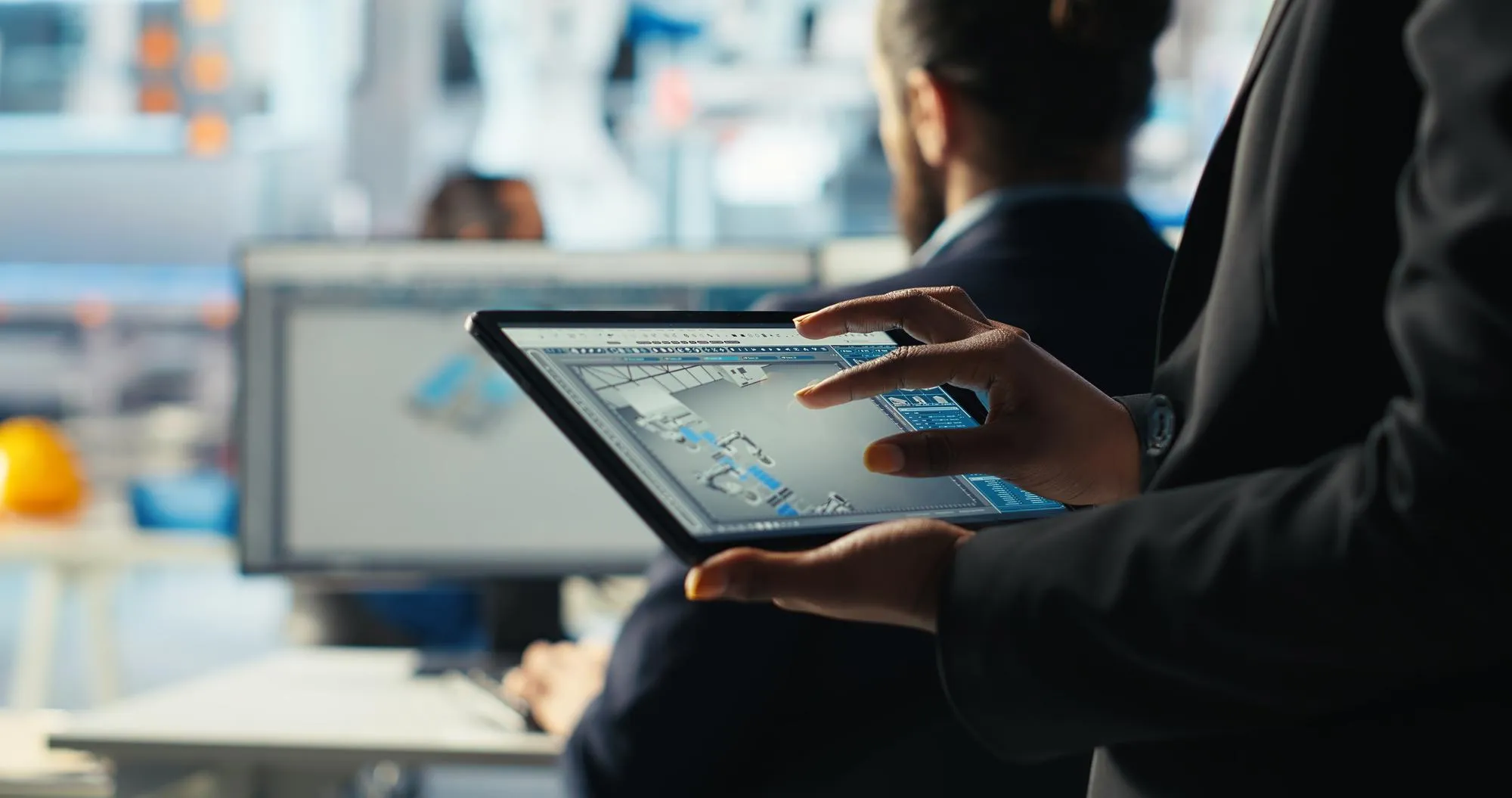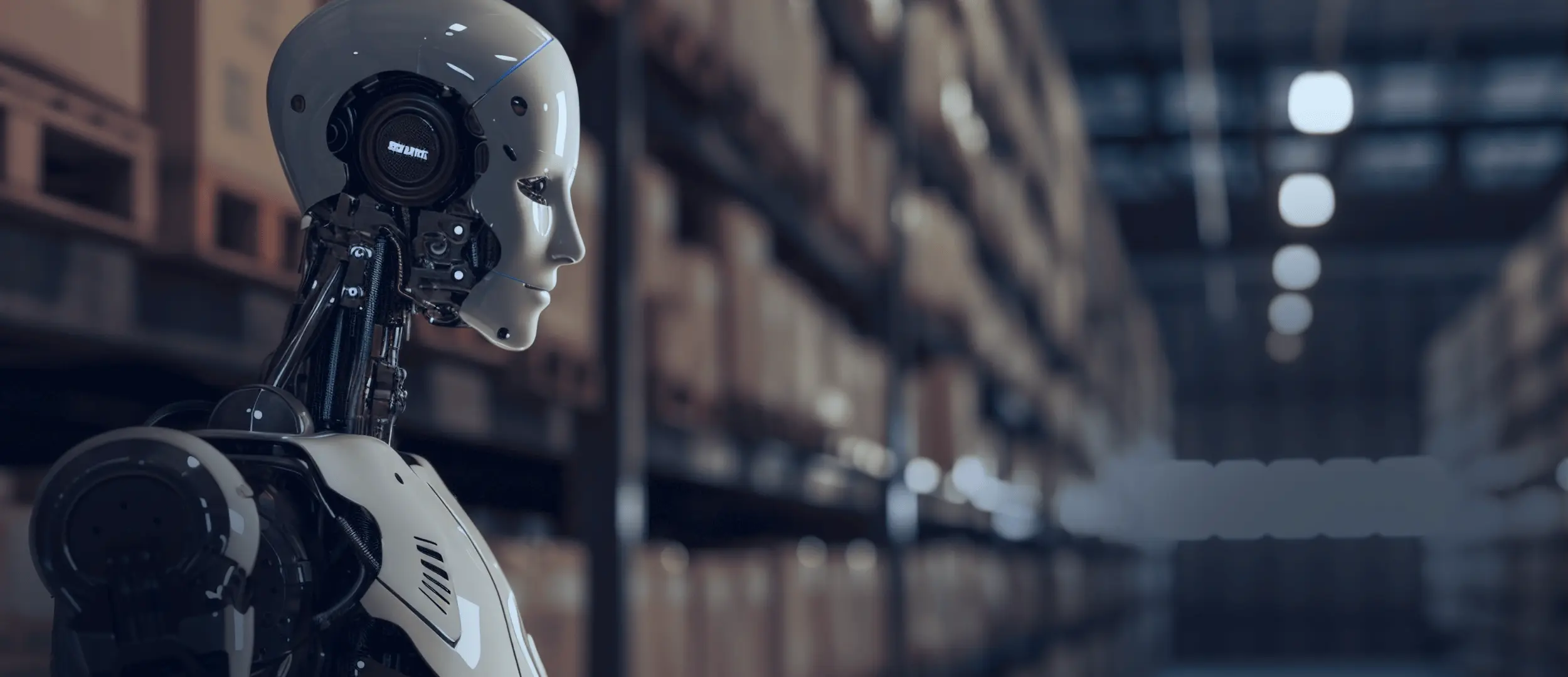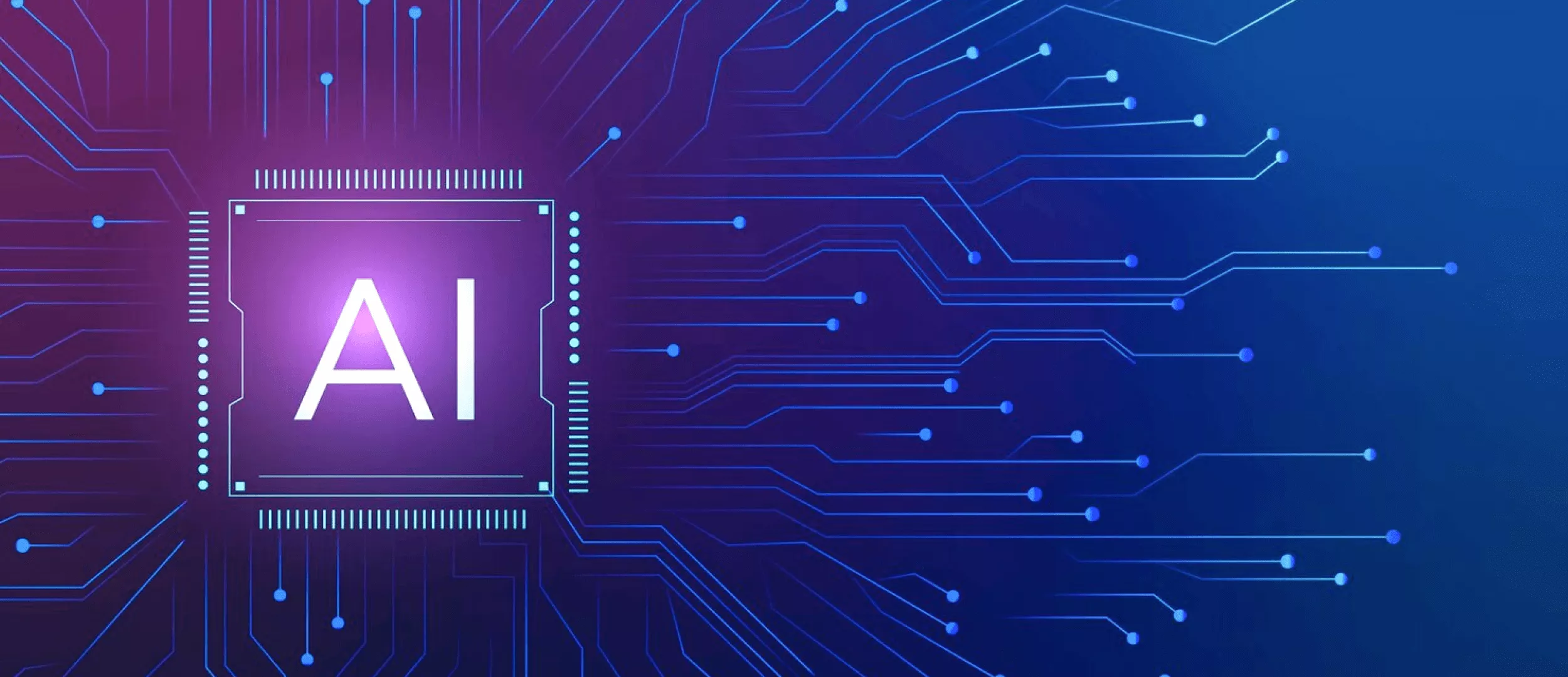
“Wow, she is certainly wittier than some of my acquaintances!” That was my thought when I first saw her on TV. AI robot Sophia, a creation of Hanson Robotics, really impresses at first sight. She jokes, she gives speeches, and recently she even announced that she wants a baby! Looks pretty nice, but... what kind of practical value might it have?
Puppet or Mate?
Skeptics assert she is but another puppet. An overblown sensation — maybe, even a little bit mocking for the world where you still sometimes can hear medieval statements that brains are optional even for the real female. And especially taking into account Sophia’s citizenship of the country where women have much fewer rights than she.
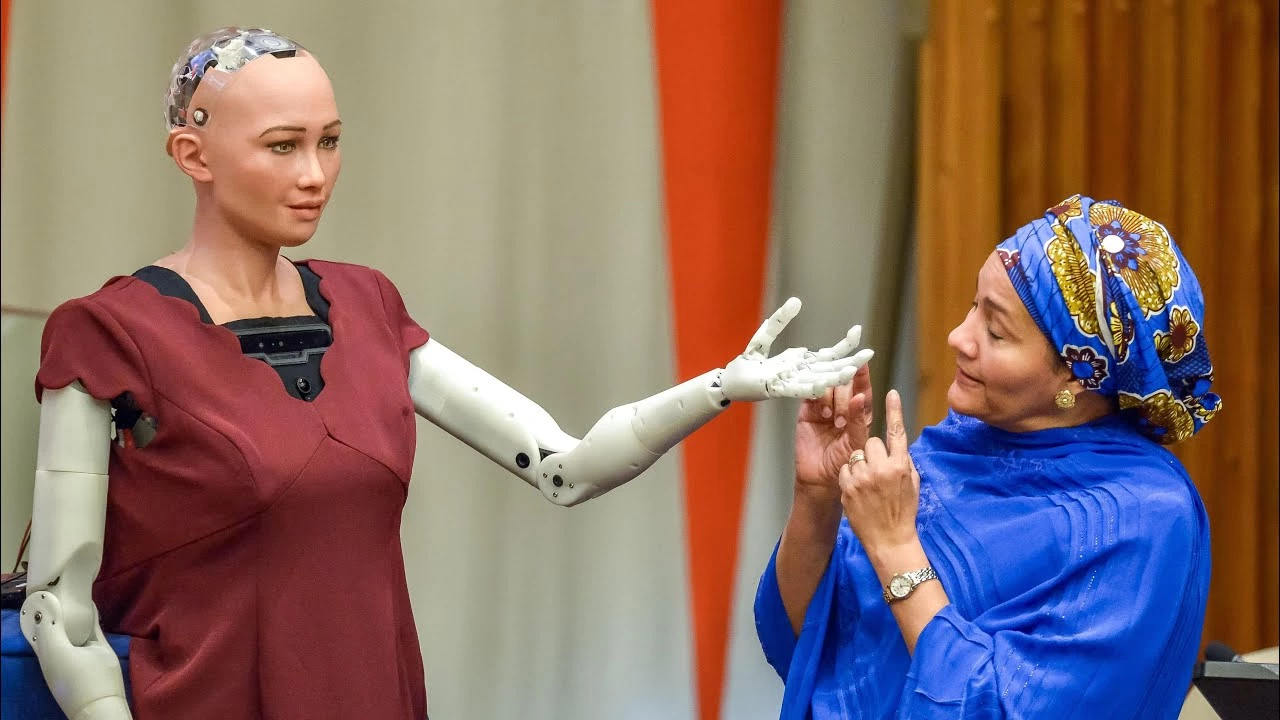
The creators, on the contrast, state that Sophie the robot is a breakthrough combination of robotics and AI, not less than a real electronic girl aimed at serving and entertaining people. Eager to make friends with humanity, ready to teach children and support the elderly. Hmm... Do you also recollect that story about one much wiser Creator who just had the intention to present a good she-companion to one lad?...
But jokes aside, does humanity really can benefit from such companions and servants? Neuroscientists doubt, at least, not in the sphere of friendship and other relationships — and not for the nearest decades. In spite of the fact that today’s AI is moving further and further towards imitation of the human brain, machines still are too far from thinking and feeling like humans. They learn and develop in their own way. And it means, no matter how clever they can be — they will always be different from us and will never master some specific human traits.
Read How scientists teach robots to be better companions for humans.
Iron Caretaker
Though even with such limited abilities for compassion, won’t a robot be a better choice at least for some people — let’s, for example, remember an unfortunate life of one the greatest minds of our time, Stephen Hawking? And not necessarily in the humanoid shape. AI robots may look quite different from the popular perception. Mind AI brain implants which help people move robotic limbs.
Another human problem which can plausibly be solved by robot servants is the increase in aging population worldwide. Robots-assistants for the elderly might be just 10 years away, and prototypes are already being developed in several labs. The main aim of the developers so far is to teach robots to fulfill mundane tasks. It would save efforts and leave human caretakers more time to focus on more personal bites of the job. Such machines help people to struggle wheelchairs and beds, take pills in time, fold towels, and serve as pet-like companions.
Other Spheres of Robotics and AI Application
Healthcare and caregiving are not the only spheres where AI robotics is gaining momentum. The picture below shows Statista Robotics and AI worldwide market size estimates, based on 2018 to 2030 forecasts (in billion U.S. dollars). As we can see, the spheres where AI is progressively taking over include robo-advising (services that provide automated financial planning and forecasting), transportation and analytics.
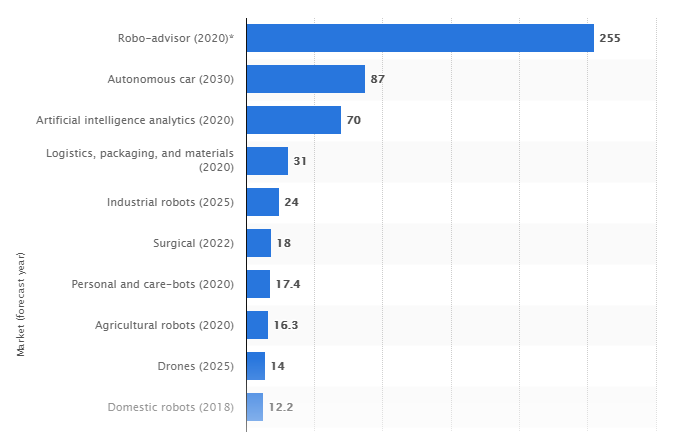
One of AI robotics greatest impacts promises to be in agriculture. And it is already taking place. For example, Blue River Technology have taught robots to make decisions judging from visual data whether or not a plant is a pest, and whether chemical pesticides should be applied. Given that presently such decisions are made on a field-by-field basis, rather than plant-by-plant one, the advantages are obvious.
There is also growing demand for industrial robotics in such spheres as heavy engineering, microelectronics, and utilization. Here robotics helps to solve such problems as high labor cost and lack of skilled workforce, together with rapid industrialization. Smart machines are in need in the spheres of biometrics, forensics, security, and surveillance, industrial quality inspection, geoscience and pollution monitoring.
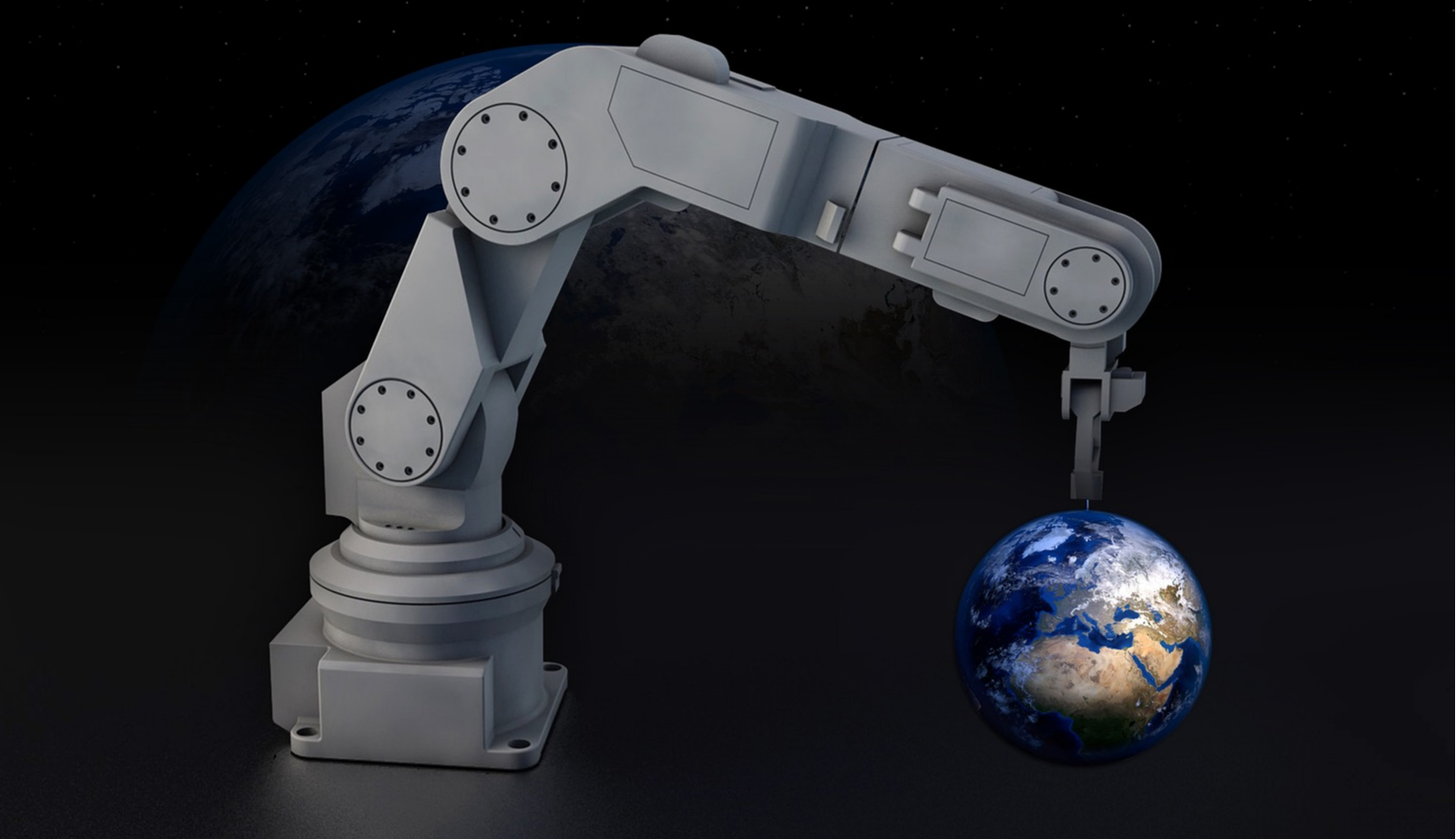
Certainly, no matter how fast robotics is developing and what great need there is in it, there are obstacles which impede progress. The factors that restrain from further development of robotics mainly include reluctance to adopt new technologies, the absence of standardizes regulations of risks prevention and a high cost of robots. Major challenges in the market are related to concerns over data protection and cybersecurity.
AI Robotics in the Short Term
If talk about technologies, machine learning (enabling robots to learn autonomously from different sources) is expected to hold the largest sphere of AI robotics market in the nearest decades. The spheres in which machine learning is predicted to develop most intensively in the nearest future include voice and image recognition, voice search, sentiment analysis, and motion detection AI applications.
It will result in the growth of software market. AI robotics needs several types of software, including program interfaces such as language, speech, vision, and sensor data.
So far, the number of experts developing machine learning algorithms is limited. The AI robotics market is currently dominated by SoftBank (Japan), Hanson Robotics (China), Amazon (US), Alphabet (US), and NVIDIA (US). Though more and more smaller players are coming in front, which will hopefully make machine learning and robotics and AI application more available for a larger number of businesses in the nearest future.

Further development of AI robotics is inevitable. We may talk at length whether it is good or bad, should we give it a round of applause or follow the advice of Elon Musk and take all necessary precautions — but, actually, as on the manège, either you break the horse or it will stamp on you. And if the robots are getting really clever — well, it’s probably high time to think how to take advantage of it. And we here at Stfalcon are at your service ready to support the implementation of new technologies into your business.

